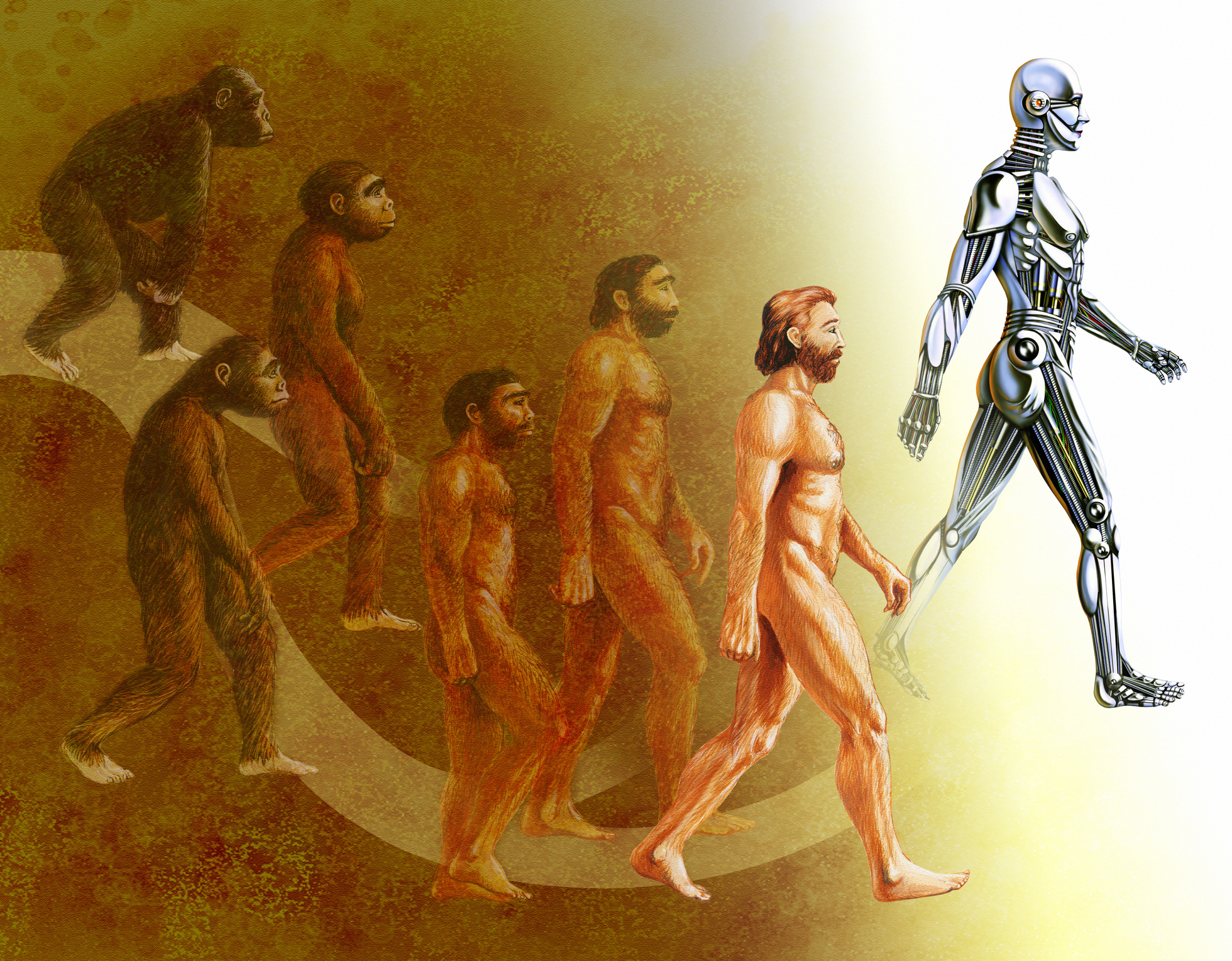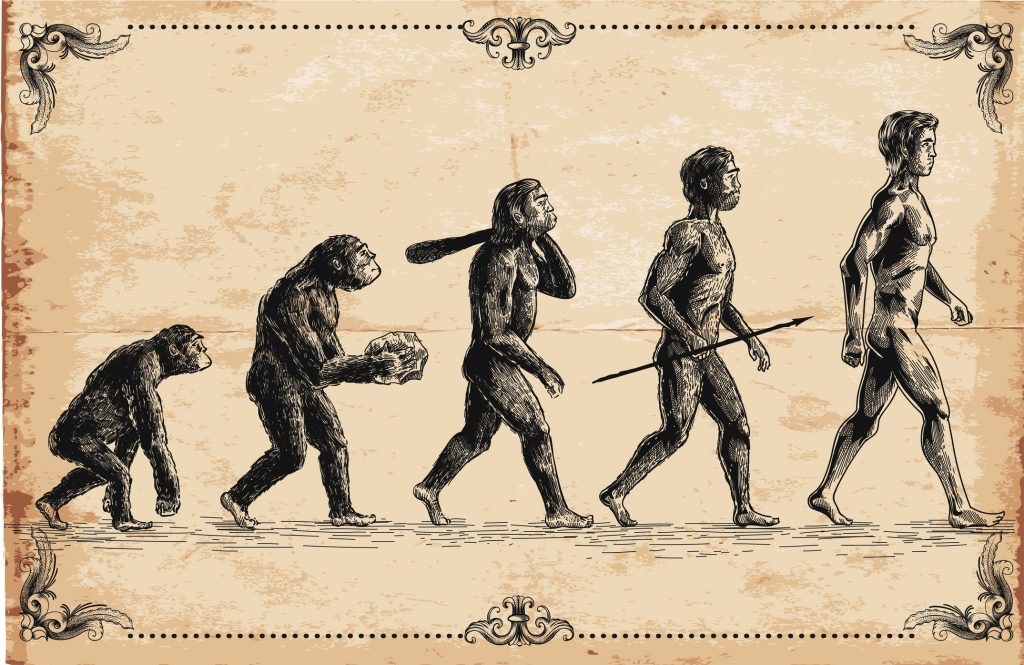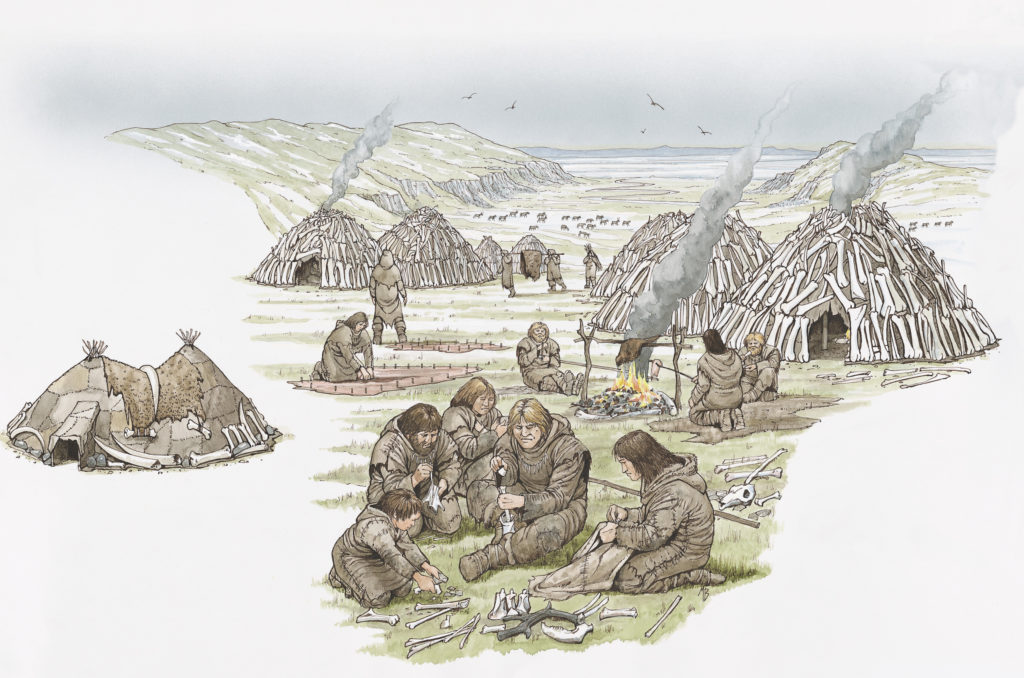Charles Darwin’s theory of evolution is widely regarded as the best explanation for life on earth. Most people today believe that all species on Earth evolved from a common ancestor. In response to varying environmental conditions, members of a species acquire mutations that made them more likely to survive compared to other members of their species. Over time, useful—but spontaneous —mutations prevail and species evolved.
Today scientists are building new ways to understand the evidence for evolution.
Darwin’s work laid the foundation for the field of biology to research the evolution of species. It led the study of the reasons underlying species variation. It also provided an explanation for the differences between individuals in a species and why these differences matter for populations to evolve.
There are also things about life on earth, that to this day we don’t understand.
Let’s explore the evidence of evolution, from its history and scientific analysis, since Darwin published the Origin of Species.
The History of Evolution
In 1859 Darwin presented his paradigm-changing evolutionary theory of natural selection. It was not well accepted and received broad criticism. Today many people still disagree with the theory of evolution. However, that is the nature of scientific progress.
Darwin wasn’t the only advancement in building the evidence for evolution.
Over the course of the past century or more, the discoveries of Gregor Mendel, James Watson, Francis Crick, and several other biologists have added to our understanding of genes, natural selection, and evolution.
Before Darwin, philosophers and scientists had put forth theories that laid the foundation for evolution. Going back thousands of years, various entities had speculated about the origin of species.
Creation vs. Evolution
The theory of evolution began with ideas founded in creation or creationism.
Let’s look at the timeline of how creation, became a theory of evolution. Several theories put forward before Darwin’s time had had some level of Creationism.
- In the 1700s, Carolus Linnaeus—famous for his system of nomenclature and classification—suggested that many species were hybrids that had evolved from others placed on Earth by God.
- In 1794, James Hutton, a leading geologist, was the first to theorize natural selection, without terming it as such. Hutton used the example of artificial selection to explain evolution. Members of a species varied, those that better suited their environment flourished, while others lacking such advantages did not.
- In the same year, Charles Darwin’s grandfather, Erasmus Darwin, wrote a book called Zoonomia. He suggested that the strongest members of a species were more likely to survive. He also pushed for a common origin theory. But unlike his more lauded grandson, Erasmus Darwin’s ideas were speculative with little evidence to back them.
Different Theories of Evolution
- In 1809, Jean-Baptiste Lamarck put forth his theory of transmutation that came to be the strongest contender to Darwin’s theory of natural selection. Tussles between Lamarckism and Darwinism continue to date. According to Lamarck, all species did not share a common ancestor but some basic forms had been created spontaneously from which others had evolved. He did agree that species changed in response to their environment. Moreover, offspring inherited those changes that were most frequently enacted. These inheritable changes led to evolution of a species.
- In 1844, Robert Chambers’ book Vestiges of the Natural History of Creation, was published. In it, he proposed theories on not only the origin of humans but also the solar system. He suggested humans were the last in a line of species that had evolved from a common ancestor.
- Not long before Darwin and Wallace came into the picture, William Charles Wells had acknowledged the existence of natural selection—at least in humans. While Darwin had not come across Wells’ work, he later admitted that Wells’ had been the first to understand natural selection.
While bits and pieces of Darwin’s theory had been worked on by other scientists, philosophers, and even clergymen over the years. But Darwin and Alfred Russell Wallace were the first to cohesively bring these different ideas together as well as back it with scientific evidence. Wallace had preceded Darwin with a set of papers on evolution but over time was pushed to the sidelines.
What is Natural Selection in Evolution?
In 1831, Charles Darwin, serving as a naturalist on the survey ship H.M.S. Beagle, set sail for Europe and South America. His journey around the continents, and particularly to the Galápagos Islands off the coast of Ecuador would provide compelling evidence for evolution.
In the five years, while Darwin was aboard the ship, he often went on land to avoid the seasickness that plagued him on the high seas. He observed the flora and fauna of South America and Europe. He noted down the many differences between the creatures found on the two continents. Darwin also noticed the similarity between species from different biomes on the same landmass.
For example, he found that the animals in the temperate zone of South America were more similar to those in the continent’s tropical zone compared to those in the temperate zone of Europe. He learned that different animals favored the various Galápagos Islands and seemed to have evolved independently on the islands. The species of animals on Galápagos also seemed similar to those found in South America. This raised the possibility that they may have diverged from animals on the mainland at some point in time.
Darwin had found that species around the world appeared to have adapted to their specific environment. Thus, evolution seemed to be a product of the natural world. Creatures around the globe had been molded through adaptation to suit their surroundings. Darwin was of the opinion that individuals that could adapt to their environs survived. Those that couldn’t, grew sparse within a population, before eventually dying out. In this way, a population evolved as a whole. This process, Darwin called, natural selection.
5 Ways to Describe Evidence for Evolution
Darwin had proposed his theory in The Origin of Species. Born in 1904, Ernst Mayr, an evolutionary biologist, is known for his work on the definition of species. Mayr’s work on speciation was inspired by Darwin’s and brought modern evidence of evolution.
In addition to this, he put forth his own spin on Darwin’s theory of evolution and natural selection.
Mayr distilled it to five observations from which he inferred three aspects of evolution.
Observation 1
Generally, populations of organisms have high fertility rates. If they reproduced unabated, their population would rise uncontrollably. For instance, if one bacterium was to give rise to two bacteria, the bacterial population growth over time would be exponential—from one to two to four to eight and so on. In under a week, the progeny of a single Escherichia coli could weigh about as much as planet Earth.
Here’s another example: oysters. These creatures can lay 114,000,000 eggs in one fell swoop. If all these eggs successfully matured into full-grown oysters who each went on to have as many eggs of their own that also all grew into adults, then five generations is all it would take for there to be more oysters than electrons in the universe. Clearly, oysters never produce enough offspring to make it to that mind-boggling figure.
Thus, despite this innate ability of most species to furiously reproduce, in reality, there aren’t excessive numbers of them. Something keeps a check on those numbers.
Observation 2
While theoretically, oysters and most creatures can multiply exponentially, the reality is quite different. The reason there aren’t hundreds of thousands of oysters in the oceans is that most of their offspring may not have their own opportunities to reproduce.
Many a number of them will die from starvation, predation or infection. Outside of temporary ups and downs, population sizes tend to remain constant. Thus, even though an oyster produces 114,000,000 eggs, only a measly two of that number are likely to go on and reproduce successfully.
Observation 3
Natural resources available to species are in short supply. The planet’s resources are limited.
From these three observations, Mayr proposed the following.
- Mayr’s first inference
As resources are constrained, a boom in the population can mean little to go around. Thus, only the number of individuals that can be supported by the environment will survive. Organisms need to compete with other members of their species. This struggle for resources means that only a small percentage of offspring will survive.
According to Darwin, this struggle was not only between organisms belonging to a species but also between organisms and their environments. Thus, the environment was what kept the population numbers restrained.
Observation 4
Despite belonging to the same species, members can be very different from each other. According to Darwin, these variations were the very lifeblood of evolution.
Observation 5
Darwin also understood that family members tended to share some traits. Thus, variations in characteristics can be inherited.
Darwin knew that both these principles were crucial for natural selection to occur. But, he could not justify the existence of variation and how traits are passed down.
At the time of Darwin’s proposal, the study of genetics was nonexistent. DNA hadn’t been identified. Now, the molecular causes for variation are known. Random mutations and recombinations of genes result in new traits—be they helpful, harmful, or neutral.
- Mayr’s second inference
Using these two observations, Mayr explained that these differences between organisms belonging to the same species influenced the likelihood of their survival. Individuals who were most suited for their environment were more likely to succeed. These members were also more likely to leave behind greater numbers of progeny.
- Mayr’s third inference
From two of his inferences, Mayr drew his final conclusion about Darwin’s theory.
- Most species would overproduce were it not for environmental pressures.
- Individuals of the same species display different traits that passed from parent to progeny.
- Such individuals will produce more offspring than those with deficient traits will produce.
While these beneficial traits arise in a random fashion, their distribution among the population is anything but random. This is because organisms within a population with favorable characteristics are selected for survival.
The struggle for survival is not based purely on chance. While good traits arise randomly, their distribution in the new generation is non-random—provided the trait is needed for reproduction and the very existence of the organism.
Inherited traits possessed by some individuals of a species that make them better fit for the environment would win out over other less beneficial traits. This inequality of reproductive success across a species is not random. It will eventually result in a population with beneficial characteristics.
Thus, populations evolve as a whole, not individuals alone.
Conclusion
A modern lens on natural selection and evolution creates some interesting questions.
While each and every observation and inference has been experimentally established, neither can drive evolution alone. If all the numerous individuals belonging to a species were similar and variation were not inherited, natural selection would not be enforced.
On the other hand, natural selection will almost always occur provided all of Darwin’s proposals are met. As a result, favored genes are passed to the offspring at a higher frequency than unfavorable traits.
This unequal split up among the population is repeated with every generation and its effect is aggregated over several rounds of reproduction. Better and better traits will grow in a population as parents possessing them to leave behind more children.
In this way, the population gradually changes to reflect beneficial traits. While the organism may be changing, it is the population that evolves.
We will be discussing evolution further in respects to advances in the epigenetics of natural selection and quantum biology.
Now it’s up to you.
Do you think Ernst Mayr’s observations provide evidence for evolution? Leave your thoughts in the comment section below.
Further reading:
- https://link.springer.com/article/10.1007/s12052-009-0128-1
- https://www.amazon.com/Life-Science-William-K-Purves/dp/0716798565
- https://www.scientificamerican.com/article/the-evolution-of-ernst-in/
- https://early-evolution.oeb.harvard.edu/


 Artificial intelligence. Computer artwork depicting the evolution of a robot (far right) with artificial intelligence from a human man (Homo sapiens, second from the right). The early primate relatives of the human are also seen, placed along a branching evolutionary path. In the future, realistic human-like robots (androids) may possess artificial intelligence (AI). This is the ability to learn and reason independently of their initial programming. Here the android is represented as being more advanced than humans.
Artificial intelligence. Computer artwork depicting the evolution of a robot (far right) with artificial intelligence from a human man (Homo sapiens, second from the right). The early primate relatives of the human are also seen, placed along a branching evolutionary path. In the future, realistic human-like robots (androids) may possess artificial intelligence (AI). This is the ability to learn and reason independently of their initial programming. Here the android is represented as being more advanced than humans.
























